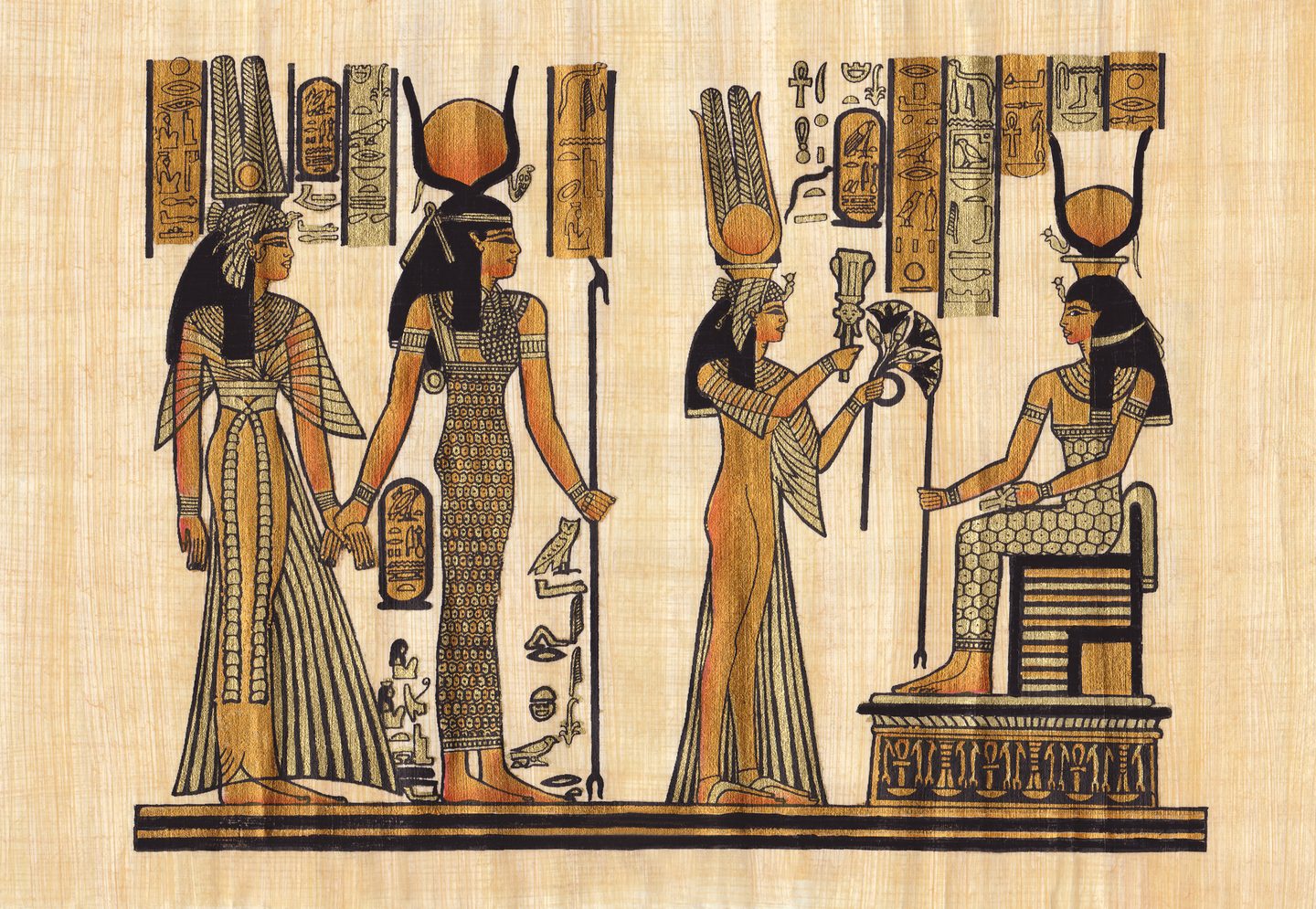A 100-year-old mystery about Cleopatra’s sister’s remains has been unraveled with modern science.
A Long-Standing Historical Enigma Finally Resolved
A mystery that has puzzled historians for nearly a century has finally been unraveled through modern science. A skull, long believed to belong to Queen Cleopatra’s half-sister Arsinoë IV, was found to hold a very different story. This discovery, aided by advanced technology, has shed light on the historical enigma while simultaneously opening new questions about the past.
The Fascinating Discovery of the Octagon Tomb
The story begins in 1929 when Austrian archaeologist Josef Keil and his team unearthed a tomb known as the “Octagon” in Ephesus, an ancient Greek city in modern-day Turkey. Inside the tomb, they found a water-filled sarcophagus containing a skull and bones. The intricately designed burial site suggested that it housed someone of significant social standing, possibly aristocratic or royal.
Intrigued by its potential importance, Keil transported the skull to Europe for further study. Historians concluded that the skull belonged to a young woman, approximately 20 years old. This fueled the theory that the remains might be those of Arsinoë IV, Cleopatra’s half-sister, who was executed in Ephesus around 41 BCE at Cleopatra’s command.

Cleopatra and Arsinoë: A Tale of Power and Betrayal
Arsinoë IV’s story is steeped in drama and political intrigue. Historical accounts suggest she posed a threat to Cleopatra’s reign, leading to her eventual exile to Ephesus. Cleopatra’s lover, Mark Antony, is said to have carried out the execution on her orders, cementing Cleopatra’s grip on power but leaving behind an enduring mystery about Arsinoë’s final resting place.
Modern Science Uncovers the Truth
Decades later, researchers from the University of Vienna revisited the skull, applying advanced tools such as DNA analysis, micro-CT scanning, and anthropological techniques. Under the leadership of anthropologist Gerhard Weber, the team meticulously studied the remains, dating the skull to between 36 BCE and 205 BCE—aligning with Arsinoë’s supposed timeline.

However, a twist came in 1985 when another skeleton was discovered within the Octagon tomb. DNA analysis revealed that this skeleton matched the skull taken by Keil, but with one critical difference: the presence of a Y chromosome. Weber confirmed the findings, stating, “In repeated tests, the skull and femur both clearly showed the presence of a Y chromosome—in other words, a male.”
A Boy, Not a Princess
The analysis determined that the remains belonged to a boy aged 11 to 14, not Arsinoë IV. The child exhibited growth abnormalities, including an underdeveloped jaw and unusual cranial features, which scientists suspect were caused by pathological growth disorders, potentially linked to a vitamin D deficiency. Further studies suggested the boy originated from Italy or Sardinia and was likely of Roman descent.
Unanswered Questions and New Mysteries
While the discovery rules out Arsinoë as the owner of the tomb, it raises new questions. Why was the boy buried in such an elaborate site, typically reserved for high-status individuals? Could he have been part of a prominent Roman family or associated with aristocracy in Ephesus?
Gerhard Weber and his team continue to investigate, hoping to uncover the boy’s identity and his connection to the Octagon tomb. Meanwhile, the search for Arsinoë’s final resting place remains ongoing, keeping alive one of history’s most captivating mysteries.
Significance of the Findings
The study has reshaped historical narratives and reignited interest in Cleopatra’s era. Science News highlighted the importance of the discovery, stating: “What is clear is that the tomb was intended for a person of very high social status. These findings open up a wide field for exciting new research.”
The Legacy of Cleopatra and Arsinoë
Cleopatra’s rivalry with Arsinoë exemplifies the lengths she went to secure her power, from political maneuvering to familial betrayal. While Arsinoë’s tomb remains elusive, this discovery underscores how modern science can clarify—and complicate—historical narratives.
Keil’s decision to transport the skull to Europe has ensured its preservation, and ongoing research promises further revelations. As history unfolds through the lens of modern technology, mysteries like Arsinoë’s remain tantalizing reminders of the complexity and intrigue of the ancient world.

